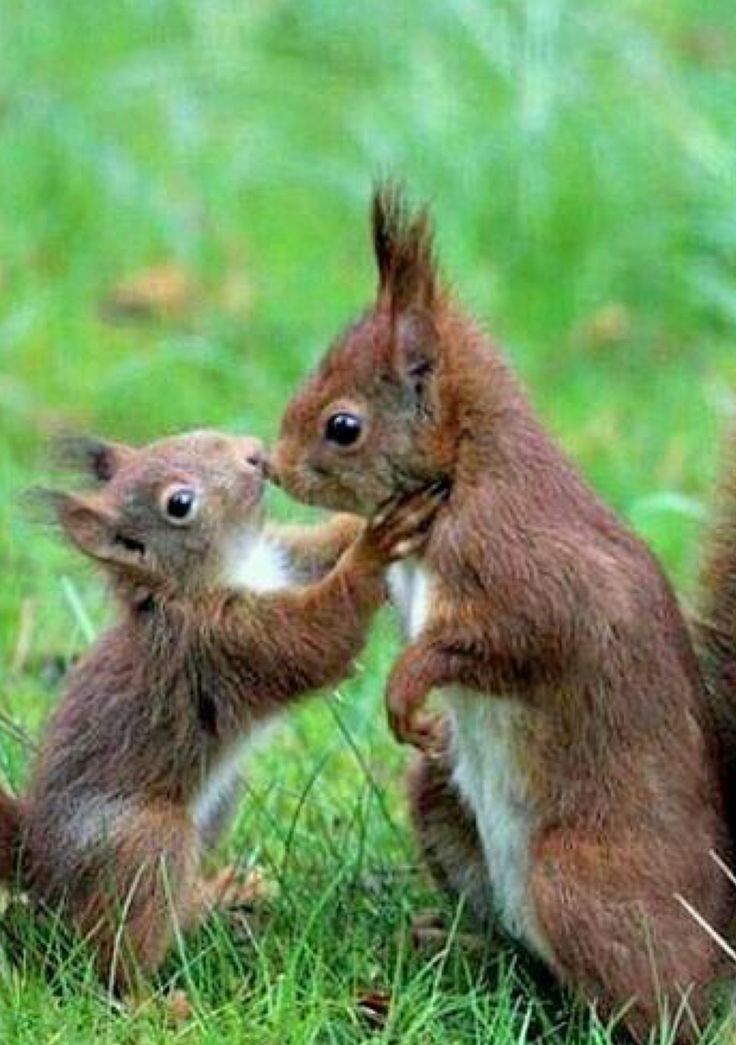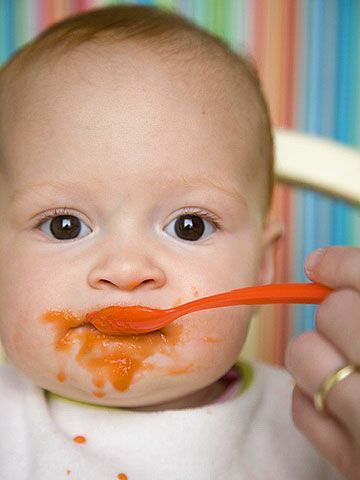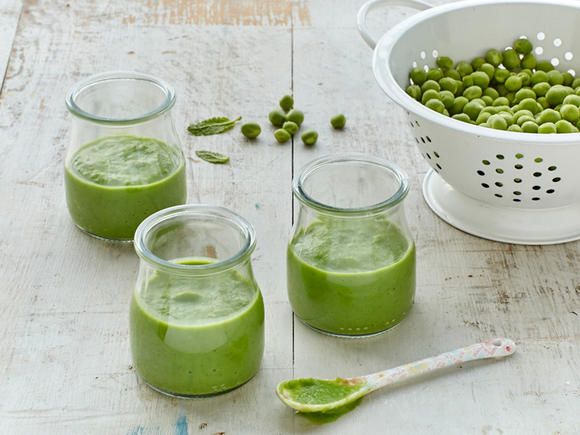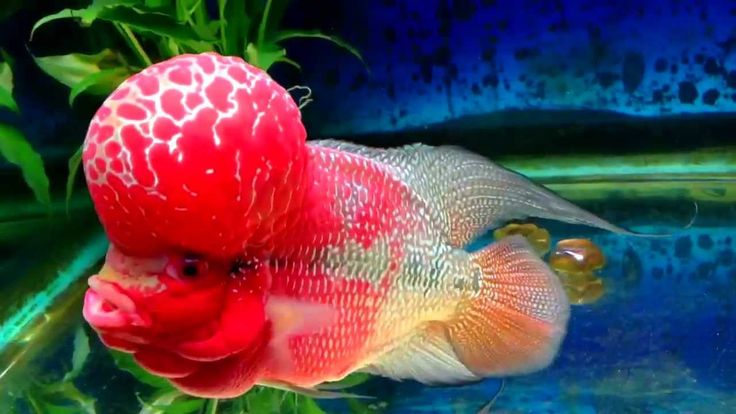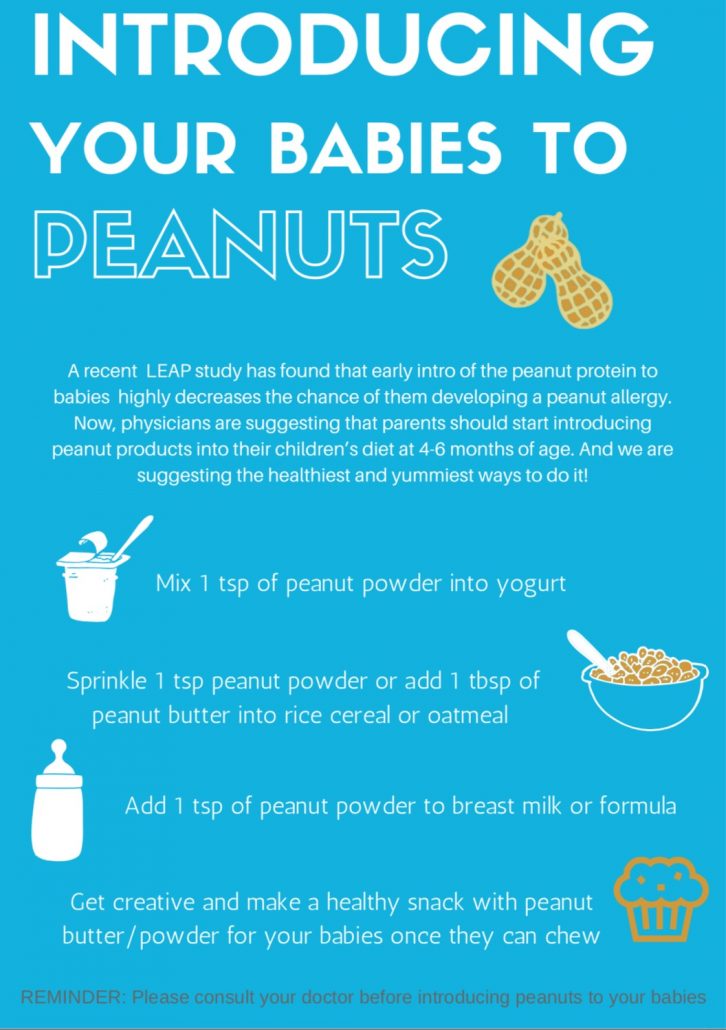Best food for baby squirrels
8 Things Baby Squirrels Like to Eat Most (Diet, Care & Feeding Tips)
Knowing the right food and shelter requirements for the baby squirrels is important if you truly want to take care of them.
Even though the squirrels are not necessarily good pets, you can still take part in caring for them and ensuring they get whatever they desire to grow healthy.
This article will tackle some of their habits and the foods that baby squirrels eat.
Table of Contents
- Squirrels Habits and Biology
- Do Baby Squirrels Eat Dirt?
- What Do Squirrels Like to Eat Most
- Food Avoid to Feed Baby Squirrels
- Tips to Feed Squirrels
- FAQ
- Summary
Squirrels Habits and Biology
The squirrel is a small animal categorized into three different groups depending on its ecological niche, social structures, and physical characteristics. They include tree squirrels, ground squirrels, red and gray squirrels, flying squirrels, and captive squirrels. The exhaustive list of all the squirrel species is way above 200 the world over.
The squirrels are quite good swimmers even though they do not swim very much. They also have outstanding jumping abilities and can cover about five feet when jumping vertically and over ten feet when leaping between one object and another. The sprinting speeds of these small animals are also commendable as they have fast speeds. With a bodyweight of about 1 pound, the squirrels can easily climb trees, walls, and branches.
These small animals are omnivorous, which means they have a broad range of foods, including fruits, nuts, seeds, vegetables, and meat. The average length of the squirrel is 20 inches if measured from the nose tip to the tail, and though small, there are instances where they have ganged up against much larger animals.
One of the fun facts among the squirrels is that the flying squirrels don’t have any wings. The squirrel spreads its limbs out to allow it to jump from one tree to another without any problems.
Spreading out the limbs allows the squirrel’s skin to appear as though they are wings helping them to glide in the air cautiously.
The squirrels start bearing young ones when they get to 1 year old. The baby squirrels are born after a gestation period of around six weeks, although they are hairless, blind, and deaf at the time of birth. The baby squirrels have to be weaned after around 90 days.
Do Baby Squirrels Eat Dirt?
The baby squirrels are omnivorous, and their meals constitute vegetables, meat, fruits, and nuts. It means that their diet is more or less like that of humans.
These creatures bury their food in the ground, and you are not alone to think that they eat dirt.
In extreme circumstances and instances where food is rare, they have been found to eat soil but only due to its need for nutrients but not as food.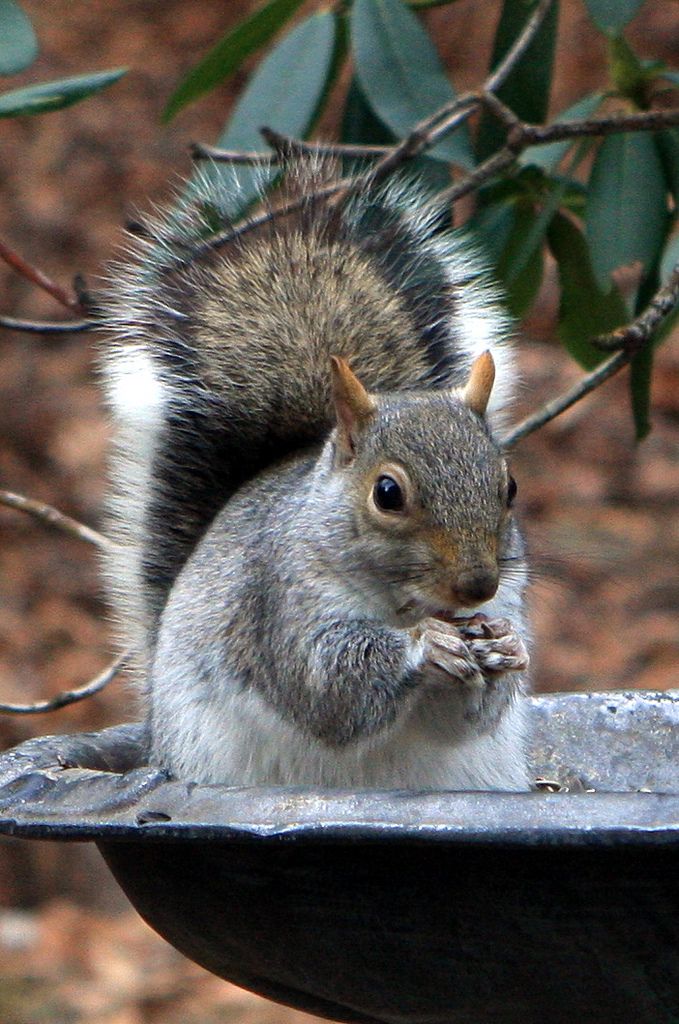
The soil provides nutrients such as magnesium, sodium, and calcium, which are deficient in nuts and seeds. They have also been found to eat tree barks for the same nutrients and roughage.
What Do Squirrels Like to Eat Most
During the early stages of a baby squirrel’s life, you should try feeding the baby with formulas such as PetAg or Esbilac, which are available in powder and liquid forms.
Try and avoid cow, goat, and soy milk, including any other homemade formulas which may result in death. At six weeks old, the baby squirrel will start eating solid food in very tiny portions.
As mentioned before, the squirrels are omnivorous and have a rich diet consisting of multiple foods, fruits, and nuts.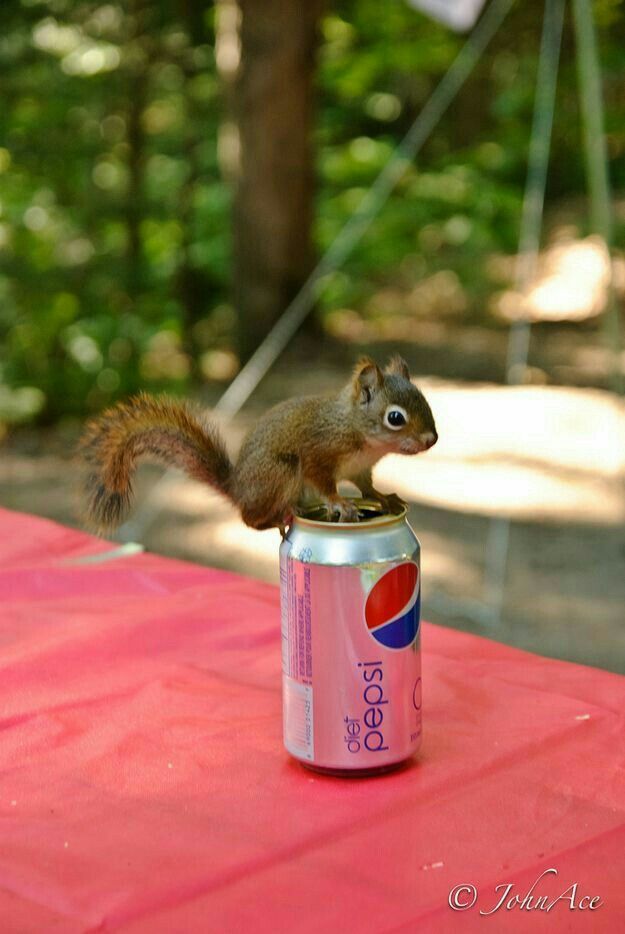 The squirrels consume meat and vegetables even though they are mostly considered to love vegetables.
The squirrels consume meat and vegetables even though they are mostly considered to love vegetables.
The source of their meat is mostly carrion, lizards, mice, and at times baby birds. Here are categories of the foods that squirrels love to eat:
- Fruits – The squirrels love fruits such as strawberries which are a favorite. They also consume apples, grapes, watermelon, seeds, and berries. If you can offer slices of fruits to the squirrels, it gives them an enjoyable treat. You can hang the slices of peaches, apples, and pairs for them on strings. They also enjoy wild berries and Osage oranges.
- Seeds – The squirrels love pumpkin seeds since they provide low-calorie counts, spruce, sesame, and pine seeds.
- Nuts – Nuts such as hazelnuts, beechnuts, and walnuts are a delicacy for the squirrels. Some of the nuts that squirrels love include macadamia nuts, hazelnuts, pecans, almonds, walnuts, cashews, pistachios, pine nuts, chestnuts, pine cones, and hickory nuts.
 These nuts are a rich source of fat and protein for the squirrels.
These nuts are a rich source of fat and protein for the squirrels. - Vegetables – Squirrels are heavy consumers of vegetables that they love so much. They consume leafy greens like spinach, lettuce, kale, arugula, and chard. They also consume broccoli, Brussels sprouts, asparagus, cauliflower, eggplant, tomatoes, squash, peas, root vegetables, cabbage, carrots, celery, beans, and radishes.
- Insects – The baby squirrels will feed on small insects, especially in scenarios where there are no nuts, yet they need proteins. The insects they consume include grasshoppers, caterpillars, crickets, larvae, and butterflies, among others.
- Fungi – Squirrels forage mushrooms in natural settings like the forests to find fungi. The fungi include oyster mushrooms, truffles, and acorn truffles.
- C & S Products Squirrel Snak – It provides squirrels with seed cakes that are of high quality. It comes with fruits, nuts, and seeds formulation making it a rich diet for the squirrels.

- Wild Delight Corn on the Cob – This product helps the squirrels with corn containing wildlife formula and reduced moisture levels for reducing the effects of mold.
Food Avoid to Feed Baby Squirrels
The baby squirrels can eat several foods at the appropriate time and age. Even with this variety, several foods you should avoid since they are not appropriate. Among these foods, some are completely poisonous and should be avoided.
- While individuals try to feed the squirrels around the neighborhood, it is important to note that although they enjoy foods such as grains, there are cereals that are harmful to them, such as those that come with processed sugar.
- Foods like crackers, hamburgers, cheese, and French fries pose the risk of damaging their digestive system even though the squirrels will still eat it up.
- Processed foods that contain chemicals and byproducts are not recommended either. It, therefore, means that you should not feed the squirrels on dog food or cat food.

- Avoid feeding the squirrels on foods that are high on carbs, such as sunflower seeds and corn, since they have minimal nutritional value to them.
- Squirrels trust humans when it comes to feeding; this means they will eat anything that comes from you. It is therefore important for you not to feed them with human junk foods. Such junk includes foods like popcorns, cakes, cookies, potato chips, among other foods.
- Human and Animal Formulas – If you an avid reader, you will have come across blogs or sites that recommend feeding squirrels with formulas meant for babies, puppies, or kittens. Do not give these formulas to the squirrels because they contain high levels of preservatives and additives, which may result in nervousness, rickets, seizures, or even sudden death.
- Peanuts – While squirrels enjoy eating peanuts, it is not advisable for them. The peanuts are not nuts and are categorized as legumes. You can offer them to diversify their diet but remember that it offers little value in terms of nutrition.

- Other foods that should be avoided include These foods include
- Fruit pits/Seeds
- Avocado pits/skins
- Salty foods
- Foods with a high starch content
- Pine Nuts
Tips to Feed Squirrels
There are several species of squirrels like tree climbers and ground squirrels. Feeding the squirrels will greatly be determined by the habitat, habits, and squirrel species.
It is also important to consider how the squirrels eat their food, whether they do it in one specific place or prefer grabbing the food and running away with it. Some tips for using when feeding the squirrels include the following.
- Understand the species of the squirrels you want to feed since the different species have different food preferences.
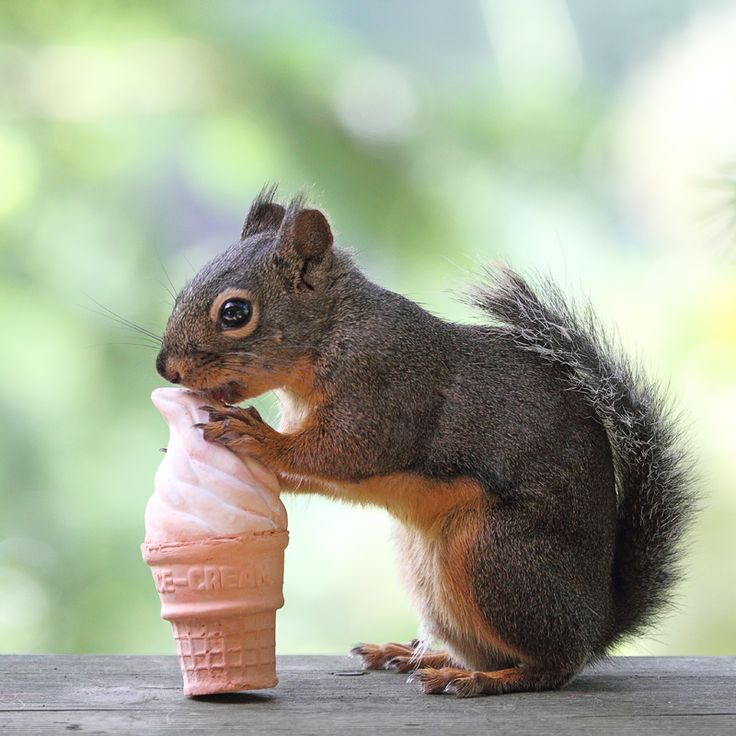 You can always conduct a simple search routine online to understand the food preference and plan.
You can always conduct a simple search routine online to understand the food preference and plan. - Ensure that the levels of the feeders are elevated above the ground. This act ensures that the eating habits of the squirrel in the wild remain heightened.
- Since squirrels can feed on the bird feeders, you must invest in designated squirrel feeders. The designated feeders will help keep the squirrels away from the bird feeders.
- Ensure to put some water for the squirrels in place that lets it remain clean. You should also change it routinely to reduce or eliminate the chances of it getting toxic.
- Squirrels take every opportunity they can to eat chicken eggs. If, by any chance, you rear the chicken near the feeding place, consider surrounding it with a pen that is squirrel-proof.
- To eliminate any bacteria, ensure to clean the squirrel feeders with soap and hot water together with the containers weekly or as regularly as possible.
- Since squirrels are rather active, it would be good if you could simulate a natural habitat to allow them to leap and run around.
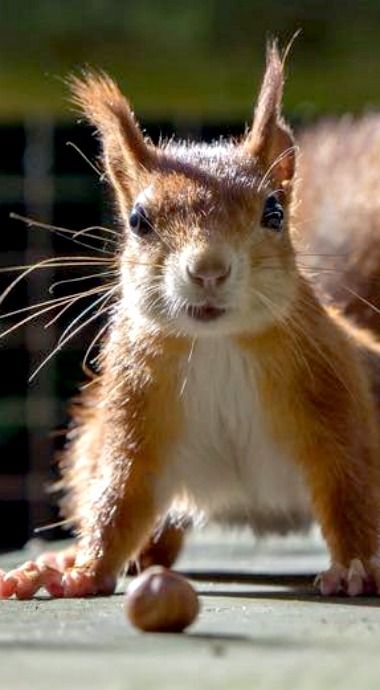 You should strategically place the feeders and the water containers in spots where they are safe from spillage.
You should strategically place the feeders and the water containers in spots where they are safe from spillage.
FAQ
Here are some of the frequently asked questions on this subject.
1. Can a baby Squirrel eat raisins?
Raisins are highly sugary even though they are not toxic to the squirrels. The squirrels should not be fed on foods that contain high levels of sugar.
2. When can a baby squirrel eat nuts?
The baby squirrels can only start eating solid foods after they reach the age of 6 weeks. Apart from the nuts, the squirrels can also nibble on sweet potatoes, apples, broccoli, grapes, nuts, and kales.
3. Can a squirrel eat bread?
The squirrels can eat bread, but they should only be allowed to eat the bread in controlled amounts. The ingredients of bread include cellulose and sugar in large amounts, which are not safe nor tolerable to the squirrel.
4. Will squirrels eat fat balls?
Fat balls are made of sunflower seeds, suet, and other dry foods, including peanuts.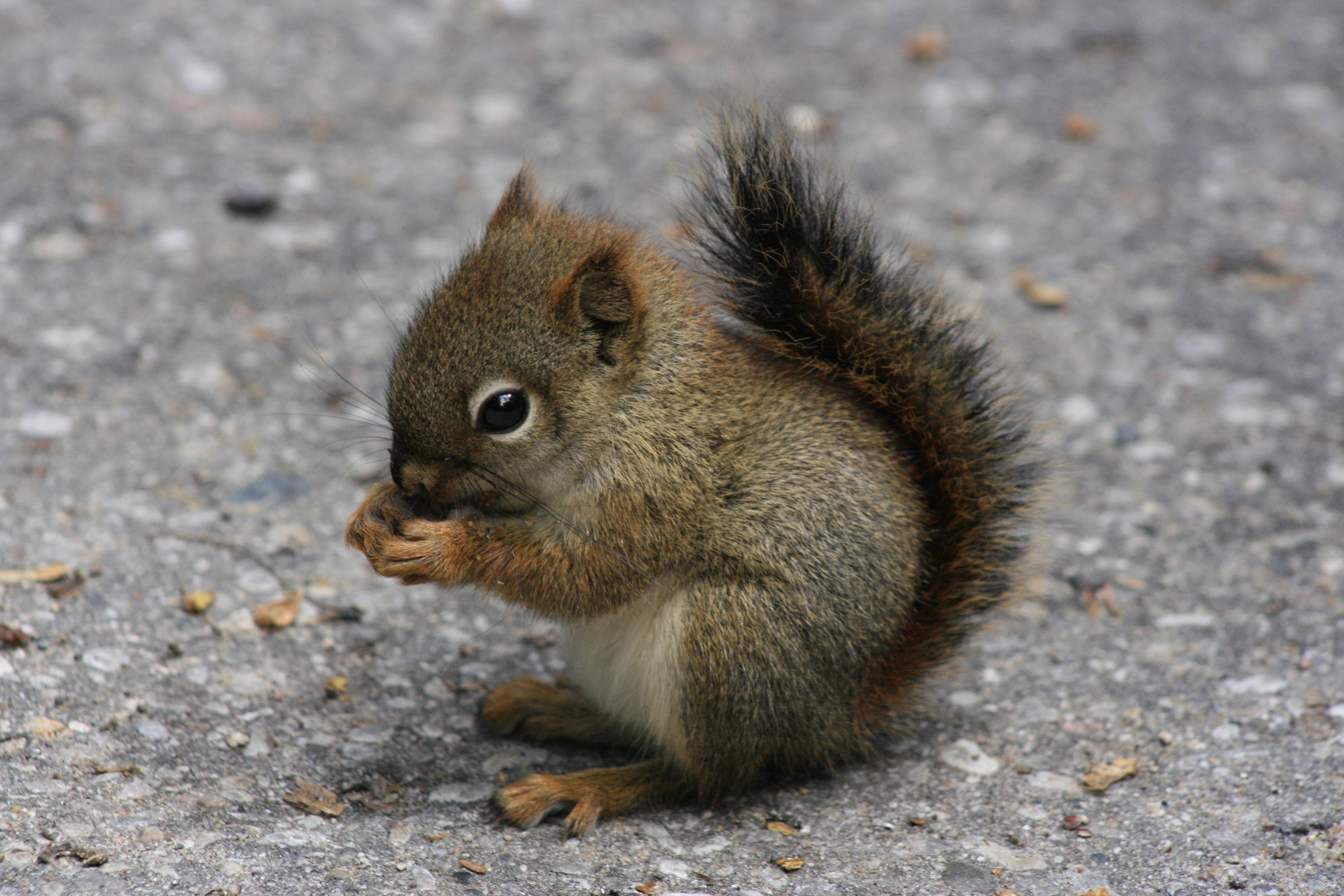 The squirrels eat the fat balls but should be prevented from doing so. You can use a squirrel-proof bird suet ball feeder to prevent them from accessing the fat balls.
The squirrels eat the fat balls but should be prevented from doing so. You can use a squirrel-proof bird suet ball feeder to prevent them from accessing the fat balls.
5. Will squirrels eat chicken?
Squirrels are known to eat chicken eggs whenever they find them. Although they tend to be shy, these small animals can cause devastating harm to your poultry farm or the chicken feed. If you have chicken around the place where the squirrels live, consider storing their food and eggs in secure places where they have no access.
6. Can Squirrels eat chocolate?
Chocolate has always been a delicacy, even for the squirrels, who probably love it even much more than nuts. Although you may be affectionate towards the squirrels, you mustn’t feed them on chocolate. Chocolate contains Theobromine, a highly toxic substance to the squirrels and may even result in death.
7. Can squirrels eat almonds?
Yes, the squirrels love almonds just as much as they love other nuts.
8. Will squirrels eat carrots?
Squirrels eat a lot of vegetables, including carrots, cabbage, cauliflower, okra, among others.
9. Do squirrels eat people?
Cases of squirrels attacking people are extremely rare, although there are isolated incidences of the biting and attacking pets and even humans.
10. Will squirrels eat birds?
Squirrels are omnivorous though their herbivorous side is predominant. Squirrels can attack and eat young birds whenever food is scarce.
Summary
Squirrels are beautiful creatures, and taking part in their overall growth process is a wonderful and satisfying thing to do. If you were looking for information on how to take care of the baby squirrels and their diet, make use of the information in this article and observe the dietary needs of the baby squirrels as they grow.
ATSHQ: American Tarantula & Animals
Helping You Find What American Animals Like To Eat Most!
SearchTarantula Spiders
Pets | Tarantula
ByAmerican Tarantula & Animals
It is estimated that 3%-15% of all people have arachnophobia, irrational fear of spiders and other arachnids. So, you don’t have to think you are weird for feeling uncomfortable at the mere thought
So, you don’t have to think you are weird for feeling uncomfortable at the mere thought
Tarantula
ByAmerican Tarantula & Animals
Do exotic animals fascinate you? Are you considering bringing a cobalt blue tarantula home? These giant spiders are popular pet choices. But you must understand their temperament, mating habits, diet,
Tarantula
ByAmerican Tarantula & Animals
Few arachnids are as stunning as the Brazilian Jewel tarantula. With its vibrant colors and mild temperament, it is an excellent choice if you want to keep a calm spider
Tarantula
ByAmerican Tarantula & Animals
Colorful, active, and friendly are some of the distinct qualities that make the Green Bottle Blue tarantula such an attractive and interesting species. This tarantula is excellent for beginners. But,
Tarantula
ByAmerican Tarantula & Animals
The Singapore Blue tarantula has a lot going for itself. It boasts a comparably large leg span, and its iridescent blue color gives it an attractive glow. But, like all
It boasts a comparably large leg span, and its iridescent blue color gives it an attractive glow. But, like all
Tarantula
ByAmerican Tarantula & Animals
The Brazilian Black tarantula is a simple arachnid with an inherently low-key sophistication. With its solid Black, almost velvety body, it grows and moves slowly, with grace; it has nothing
Wild Animals
Wild Animals
ByAmerican Tarantula & Animals
If you’ve walked alongside a pond or wetlands recently, you’ve probably come across the bullfrog. Known for their appearance, unique style of movement, and the sounds they make, these amphibians play a vital role in
Wild Animals
ByAmerican Tarantula & Animals
Orangutans are a beautiful species that have captivated millions around the world with their beauty and brightly coloured fur. Many name them as being their favourite animal, but you may
Wild Animals
ByAmerican Tarantula & Animals
Elephant seals are unique animals that often feature in nature documentaries and zoos around the world. Many people know of the elephant seal, but their knowledge goes no deeper than
Many people know of the elephant seal, but their knowledge goes no deeper than
Wild Animals
ByAmerican Tarantula & Animals
If you’ve ever seen the classic cartoon show the Looney Tunes, you might be familiar with a speedy bird that always outruns Wile E. Coyote. While the antics were for
Wild Animals
ByAmerican Tarantula & Animals
When we talk about carnivore animals, most people get more or less the same image flashing behind their eyes almost immediately – that of a large wild cat or a
Wild Animals
ByAmerican Tarantula & Animals
Having a lizard for a pet feels strange to a lot of people but if you’ve ever done it before, you know how adorable, rewarding, and easily manageable these animals
Pets Diet
Pets
ByAmerican Tarantula & Animals
Superworms are the larvae stage of the darkling beetle species. Even if they aren’t the prettiest of creatures, they are some of the most useful worms to keep. But contrary
But contrary
Pets
ByAmerican Tarantula & Animals
Having a red-eared slider turtle as a pet can be a lot of fun. But caring for this little creature may be harder than you think. You need to provide
Pets
ByAmerican Tarantula & Animals
Ghost shrimps are the most popular aquarium animals also known as glass shrimp or grass shrimp. They are quite adorable and inexpensive to keep. Most people purchase them to serve
Pets
ByAmerican Tarantula & Animals
Wrens are small, cute, and plump-shaped birds that will surely fascinate you at first appearance. They are popular for singing without holding back. Do you like waking up and sleeping
Pests Guides
Pests
ByAmerican Tarantula & Animals
Do you have voles around you? Have you ever wondered what they eat to keep fit at all times? Have you ever wondered about their habitat, eating habits, life span,
Pests
ByAmerican Tarantula & Animals
Pill bugs go by many names.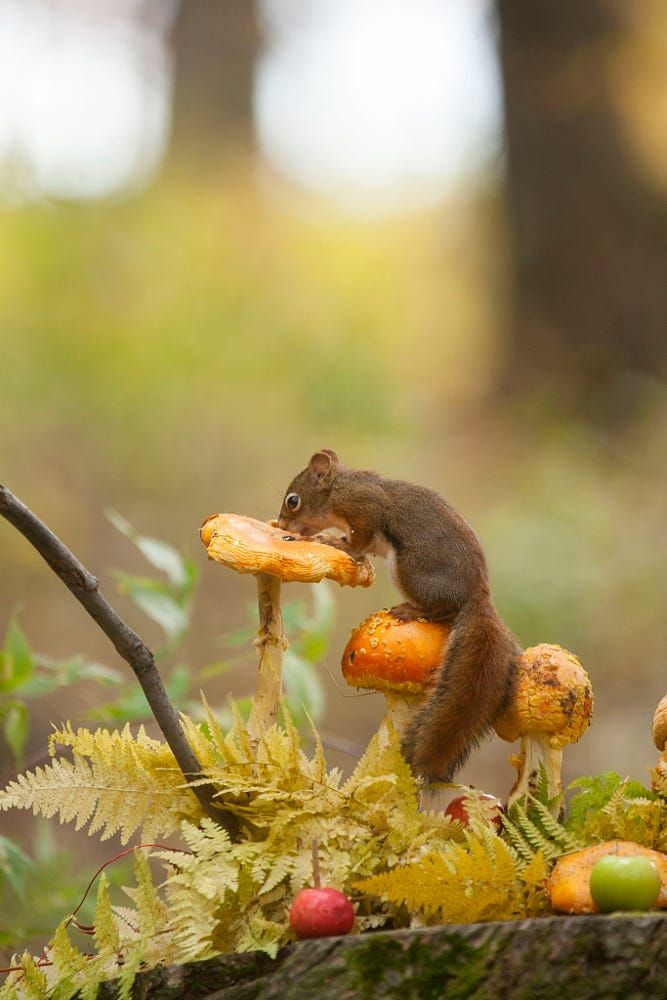 A roly-poly is a name for some while others know them as woodlice, armadillo bugs, potato bugs, policies, and even tiggy-hogs. If you’re out
A roly-poly is a name for some while others know them as woodlice, armadillo bugs, potato bugs, policies, and even tiggy-hogs. If you’re out
Pests
ByAmerican Tarantula & Animals
If you’ve ever found a swarm of gnats in your home, you might be wondering why they’ve arrived. Most gnats move to find a food source and lay eggs, so
Pests
ByAmerican Tarantula & Animals
According to a study from the Journal of Food Protection, fruit flies are responsible for many foodborne illnesses. So, what are the ways we can do to get rid of
Pests
ByAmerican Tarantula & Animals
Termites, one of the most common types of pests, are known as the “silent destroyers”, because of their ability to chew through wood undetected. But eating wood is not the
Pests | Wild Animals
ByAmerican Tarantula & Animals
Newts are a semi-aquatic species of salamander that resemble a cross between a frog and a lizard.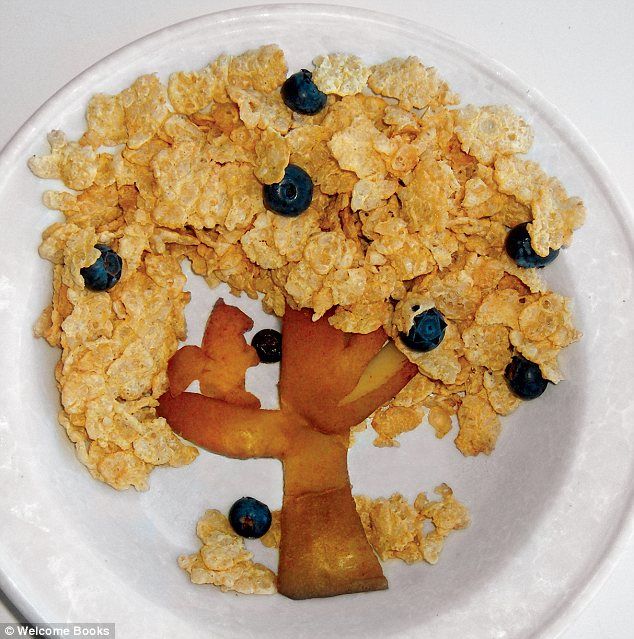 These amphibians look like frogs with their moist, silky skin, but have a
These amphibians look like frogs with their moist, silky skin, but have a
Degu (Chilean squirrel) - description, photo, care and maintenance at home
Content:
- Description
- Features of content
- Possible health problems for degus
- Terminals
Lovely Chilean squirrels (degus) differ from other rodents in that, with the right content, they live for a long time - up to 7 years. Of course, caring for them does not require special skills, but you still need to know how to feed them and how to handle them.
In the article we will talk about these charming creatures and the features of caring for them.
Description
These are cute Chilean squirrels that look a bit like jerboas. Their second nickname is Degus.
Degus were first discovered in the 18th century. Then they were pests of agricultural land, but people began to use them for scientific research.
Scientists are interested in degus, as they are awake most of the day, and specific changes occur in their brain cells.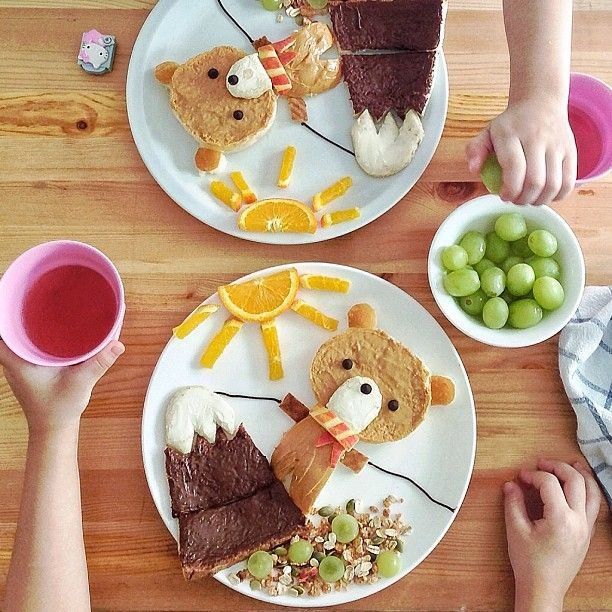 This allowed researchers to model the development of Alzheimer's disease on them, to conduct experiments on diabetes mellitus and on the rhythms of day and night.
This allowed researchers to model the development of Alzheimer's disease on them, to conduct experiments on diabetes mellitus and on the rhythms of day and night.
Gradually, from the laboratories, they got to the breeders, as it is impossible to resist their charming faces.
General characteristics of degu
Body length: 95-125 mm.
Body weight: 200-300 g.
Colour: grey-brown with an orange tinge.
Behavior
Degus are awake during the day, and eat in the morning or evening, as they hide from the sun, which can make them feel bad.
They climb trees very well, so they easily climb furniture.
They are herbivorous rodents, so degu food consists of bran, cereals, dried fruits and vegetables.
Between themselves, Chilean squirrels communicate with the help of sounds reminiscent of bird chirping.
Rodents have one interesting feature: if they are grabbed by the tail, they can sense danger and throw it off, so do not be surprised that you have skin left in your hands, and the animal will gnaw the bare area.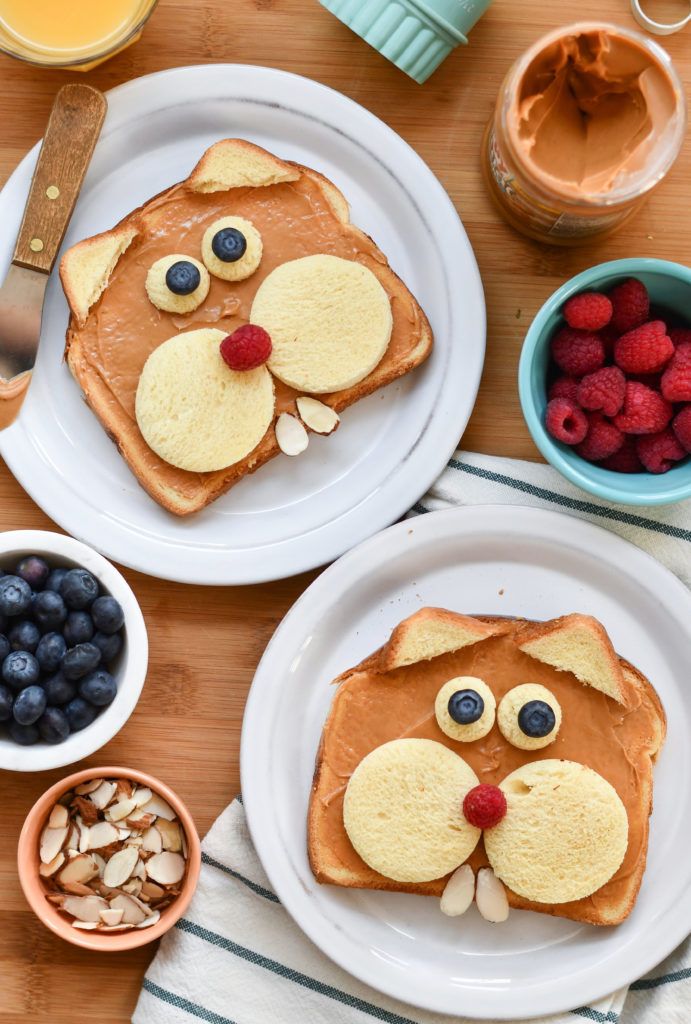 They can't do this trick twice, so don't try to catch degus this way.
They can't do this trick twice, so don't try to catch degus this way.
Degus have only 20 teeth, which do not stop growing throughout their lives, so they need to be grinded down from time to time.
Before you breed these cute animals, think carefully. They have their own characteristics.
Chilean Squirrel Plus
1. They don't take up much space: they only need a small cage .
2. Chilean squirrels quickly become attached to humans.
3. If you have had rodents before, then you know that they often do not sleep at night, gnaw on the bars of the cage and make loud noises. With degus, this problem will not arise: they do not sleep during the day, and rest peacefully at night.
4. They drink little liquids and, accordingly, rarely go to the toilet, so the cage will not have to be cleaned very often.
Disadvantages of keeping degus
1. Noise and garbage: although degus sleep at night, they like to spend time actively during the day, so do not expect peace and perfect cleanliness with degus.
2. The desire to destroy everything: degus are rodents, which means they like to climb everywhere, gnaw something, turn it over. Get ready to change the decor in the cage from time to time.
Content Features
If you are a caring owner, then the degu will live happily ever after with you. Like all exotic animals, they can be picky eaters.
Before starting a degu, get a roomy and high checkered . The minimum dimensions are 60x45x40. Be sure to place the wheel, tiers, and extra ladders inside. Chilean squirrels are active creatures, and they need to spend their energy on something.
Some owners let the animals walk around the apartment. Keep in mind that you only need to do this if you have already made friends with them and know their habits, since degus are difficult to catch.
House for them should be made of durable and safe material, best of all - ceramics.
In cage place absorbent pads or sawdust as bedding.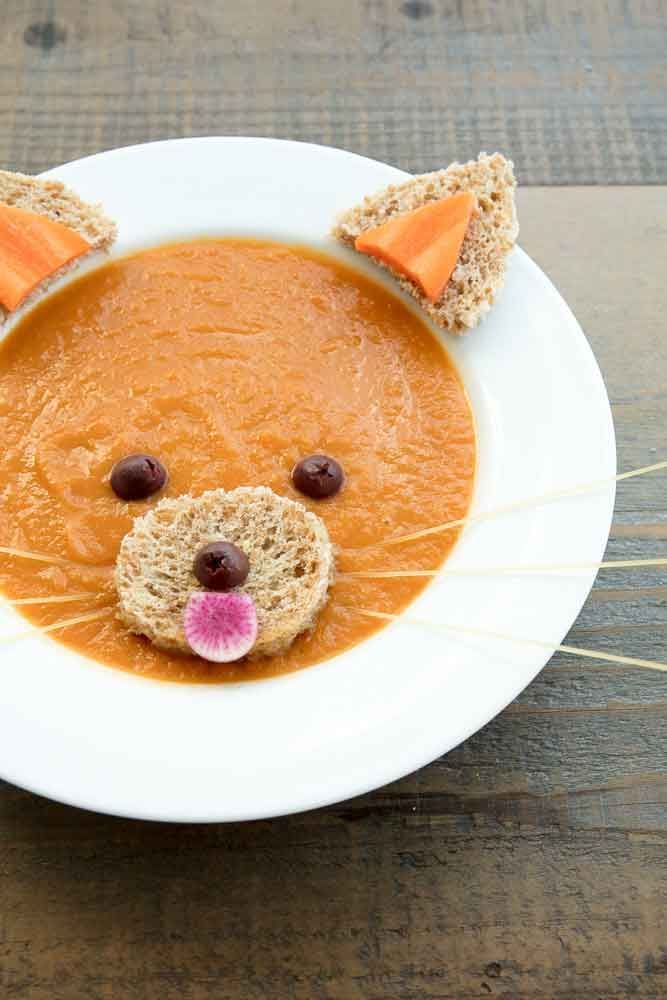 Straw and hay will not work, as the degu may start eating them and become poisoned by their own secretions. Cat litter or mineral-derived litters are also not the best option, because they can damage the delicate skin on the paws.
Straw and hay will not work, as the degu may start eating them and become poisoned by their own secretions. Cat litter or mineral-derived litters are also not the best option, because they can damage the delicate skin on the paws.
Install an auto-drinker and an auto-feeder inside. Just pouring food into a saucer is not the best idea, as the animal will quickly scatter it all over the place.0003 cage .
Don't forget sand baths. Purchase a model that is sold for chinchillas.
Place the cage in a place where it is not too cold or sunny: degus like it when a constant room temperature is maintained. It is also desirable to protect rodents from other animals.
Power supply
Choose special foods specifically for degus, as rabbit foods are not suitable for the Chilean squirrel.
It is better to feed rodents in portions: break the daily allowance into 3-5 meals. You can spoil the animals with treats.
Hygiene
Degus are very clean, but bathing them in water is not recommended. From the slightest hypothermia, they can get sick, so they take sand baths. To do this, buy them a chinchilla bath. Sift sand into it, add talc or baby powder to it.
These hygiene procedures will help remove excess fat from the animal, which will have a good effect on its health.
Clean the cage once a week , but check it occasionally, as the animals may hide leftover food inside. Remove it so that the animal does not eat spoiled food.
Once a month wash the cage , remove the bedding, but leave a small piece of the old filler inside so that the animal can smell it.
Training
Chilean squirrels are smart pets and can learn a variety of tricks. To do this, reward them with treats. Here are some of those tricks:
1. Team "Dance". Use the treat in your hand to attract the animal's attention.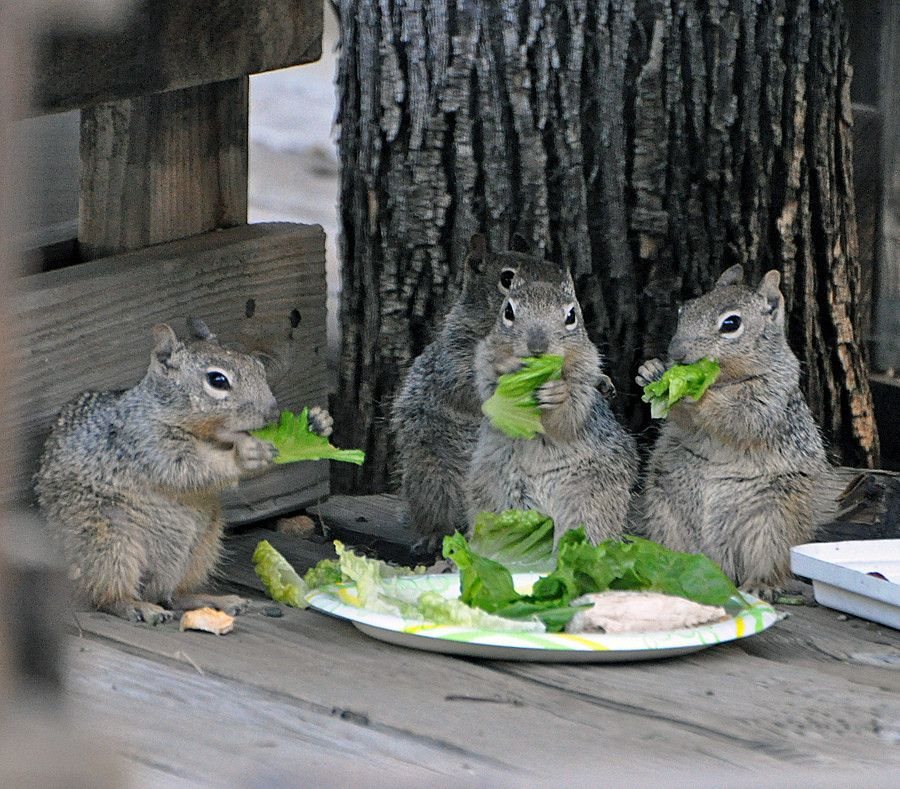 Then rotate your hand along with him in the same direction until he turns after you. Then reward your pet. Loudly repeat the command.
Then rotate your hand along with him in the same direction until he turns after you. Then reward your pet. Loudly repeat the command.
2. "Here." Lure the squirrel to a specific spot with a piece of treat . After some time, you will notice that she will resort there already without him, just on command.
3. "Jump". Place the degu on one knee, move the other a little to the side and lure it with a treat. When the animal jumps, thank him and scratch behind his ear.
To achieve obedience from your pet, spend enough time with him. Do not try to pick up the animals from above or from the side. This is due to the fact that in the wild they are grabbed from above by birds of prey. Better lure them with treats and pet them.
Knit
These rodents choose their partner for a long time and carefully. Healthy and adult individuals from 1 to 5 years old and weighing from 220 g are allowed to mate.
After placing a male and a female in the same cage , keep an eye on them.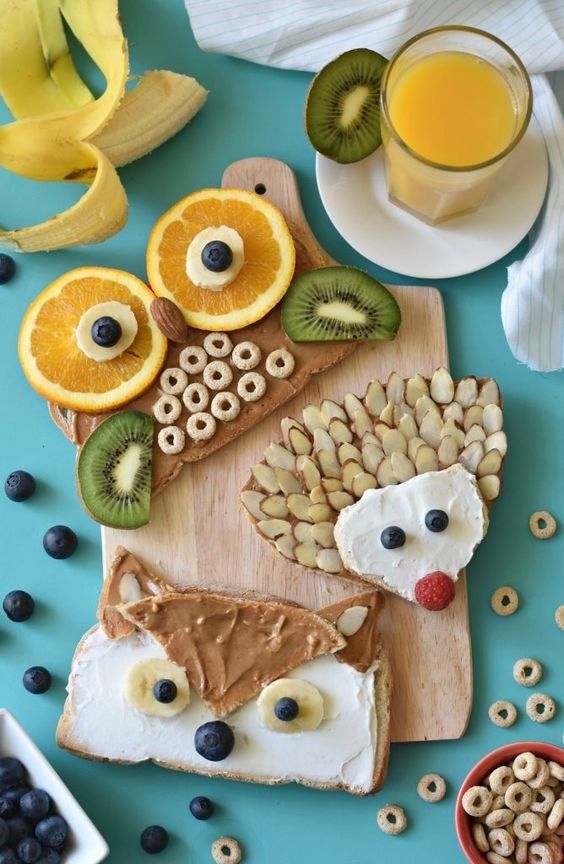 They will need time to get to know each other and find a common language before moving on to intimacy.
They will need time to get to know each other and find a common language before moving on to intimacy.
Between births in females must pass at least a year. Of course, they can give birth immediately after pregnancy, but this will negatively affect their health. That is why the female after mating should be resettled in another checkered .
Pregnant females bear offspring in for 3 months. Already after the first month you will notice a rounded tummy in the degu. In addition, the pet will become difficult to move, slowly and carefully.
On average, a degu gives birth to 4 to 8 babies. Organize a nest in cage for a new mother, where the newborns will be cozy and warm. As soon as they grow up a little, the mother can be returned to her original cage. Babies can stay in the cage and live on their own.
Be sure to take the degu to the veterinary clinic for childbirth, because at home this process can be difficult and even with complications.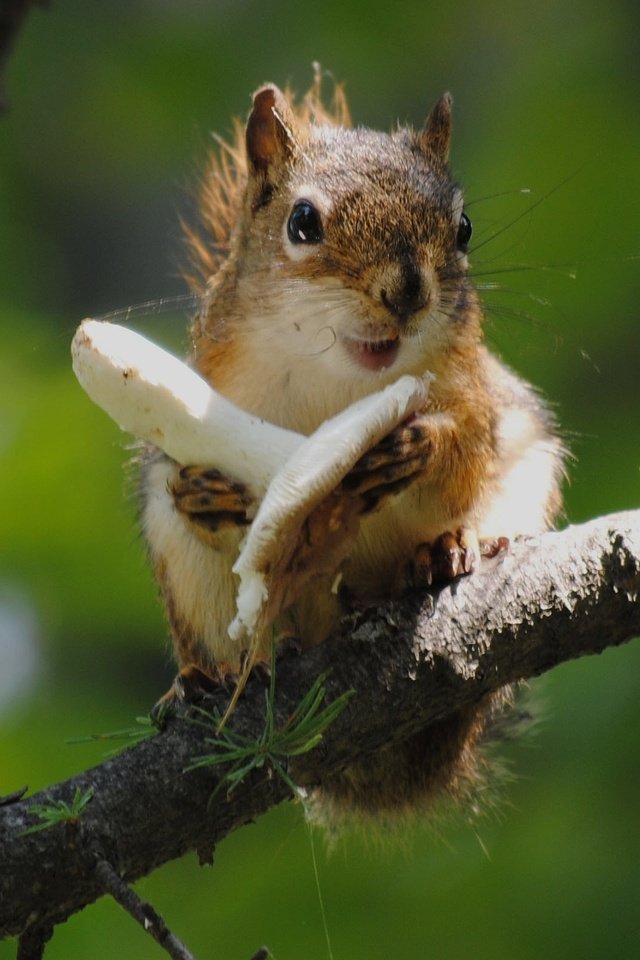 Therefore, it is important that an experienced ratologist is with the expectant mother.
Therefore, it is important that an experienced ratologist is with the expectant mother.
Baby degu care
Newborns are born with open eyes and fur on the skin. They develop rapidly and after 6 weeks of birth become independent enough to live in individual cells .
The female degu is able to take care of her offspring herself, but in cases where she is absent, the whole burden of care will fall on the shoulders of the person.
Feed babies with Newborn Kitten Formula every 2 hours. Then massage it on the tummies for better digestion. The term of feeding is from 2 weeks. In addition to this, provide them with a warm and secluded corner where they can sleep and rest.
Possible health problems for degus
Although Chilean squirrels are naturally healthy, they can also get sick. Here are the most common diseases:
Diabetes mellitus
Degus are naturally prone to diabetes. It is often caused by malnutrition, so in any case, do not give the Chilean squirrel sweets or a lot of nuts.
It is often caused by malnutrition, so in any case, do not give the Chilean squirrel sweets or a lot of nuts.
Signs of diabetes in degus:
- lethargic behavior;
- loss of orientation in space;
- decreased vision.
Your veterinarian will prescribe a diet for your pet and advise you to constantly monitor your blood sugar levels. To do this, use a glucometer or test strips.
Viral infections
Drafts and swimming in the water can cause hypothermia and reduce the pet's immunity. Viral infections manifest themselves in degus in the same way as in humans: lethargy, nasal discharge, tearing, and lack of appetite.
If they appear, do not delay a visit to the veterinarian: only he will be able to prescribe the correct treatment. Usually it includes washing the mucous membranes, drinking plenty of water and rest.
Baldness
Causes of hair loss in degus:
- improper diet;
- allergy;
- fungus.

The veterinarian will prescribe treatment to prevent hair loss, but if the root cause is not corrected, then the alopecia will continue.
Gastrointestinal problems
Due to malnutrition, unsuitable food, Chilean squirrels can develop gastrointestinal upset. Do not overfeed your baby, do not give him forbidden treats, sweets and other harmful foods.
Terminals
1. Degus are adorable cute creatures that look like jerboas or squirrels. They will become your good friends if you care for them and love them.
2. Before you bring your degu home, buy him cage , house , wheel, stairs.
3. Feed your pet regularly, 3-5 times a day.
4. Remove food and other debris from the degu's home daily, and once a month do a general cleaning of the cage and all accessories.
5. Play and train degus to learn simple tricks.
We also recommend
what to feed, care, maintenance, reproduction
Lovely Chilean squirrels (Degu) come from South America. These are active rodents, small in size (about 30 cm). Unlike hamsters or rats, degus can be considered centenarians.
With proper care, they will be your true friends for more than 7 years!
If you decide to have a fluffy pet, it will be very useful for you to learn the principles of keeping and caring for Chilean squirrels, as well as, how to feed degus at home.
Keeping degus
To keep a Chilean squirrel at home, you will need a tall and fairly large cage. If we are talking about a pair of animals, the minimum dimensions of the cage: 60 × 45 × 40. Since degus are very mobile animals, they simply need to direct energy in a peaceful direction, so the presence of a wheel in a cage, if not necessary, is highly desirable!
Some owners let their pets out of their cages to walk around the apartment.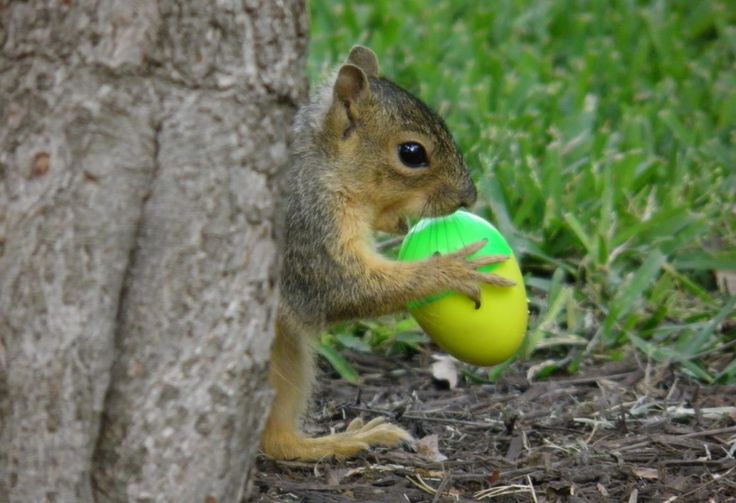 Do not rush to give the degu freedom, you can only do this if the animal is absolutely tame, and you can be sure that the squirrel will not hide. Believe me, catching a runaway degu is not an easy and very tiring task.
Do not rush to give the degu freedom, you can only do this if the animal is absolutely tame, and you can be sure that the squirrel will not hide. Believe me, catching a runaway degu is not an easy and very tiring task.
In nature, Chilean squirrels like to bathe in volcanic dust, in order to bring their pet closer to natural conditions, they use sand for chinchillas, which, by the way, can also be purchased in our online store.
Such bathing in the sand is not a whim, but a necessity for a pet. Thanks to this procedure, the animal's fur is cleaned, and excess moisture and sebum are absorbed.
Important! Ordinary river sand is by no means suitable for bathing degus. Even calcined, it will not only not give the desired result, but can injure the delicate skin of the animal and cut the fur.
Feeding Chilean squirrels degus
Degus are exclusively herbivores. It is best to use ready-made degu food from trusted manufacturers (Versele-laga, Beaphar, Vitakraft) for feeding, in which the optimal composition has already been selected. Chinchilla food is also suitable for feeding degus.
Chinchilla food is also suitable for feeding degus.
These rodents have the same habitat and very similar diet. As a source of fiber, degus should be offered hay every day.
It is also worth adding berries, roots, various seeds to the diet. All this should be well dried. In our article on chinchilla nutrition, you can find out the details of the diet of rodents.
Breeding degus
At the age of one and a half years, and in some cases even earlier, your squirrel will become sexually mature. The cycle in females can be from 17 to 25 days, during estrus, mating occurs. For about three months, the female degu bears offspring, after which from 3 to 10 babies are born. Squirrel degus are fully formed, covered with hair and practically independent.
However, in the first weeks of life, they need mother's milk, after which the babies begin to join the adult food.
Features of caring for degus
It is important to know that these cute fluffy animals are very prone to diabetes, so special attention must be paid to proper nutrition of the pet.